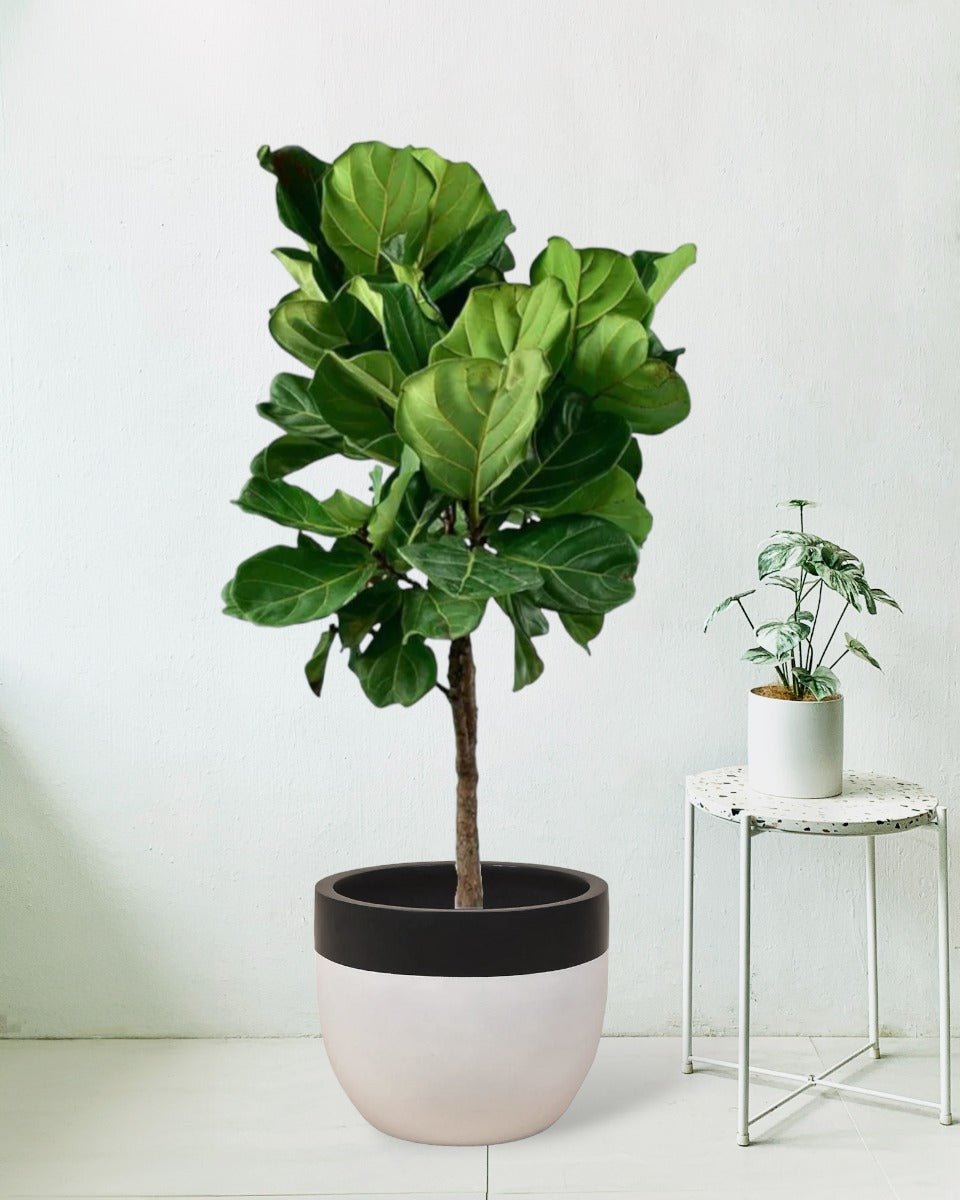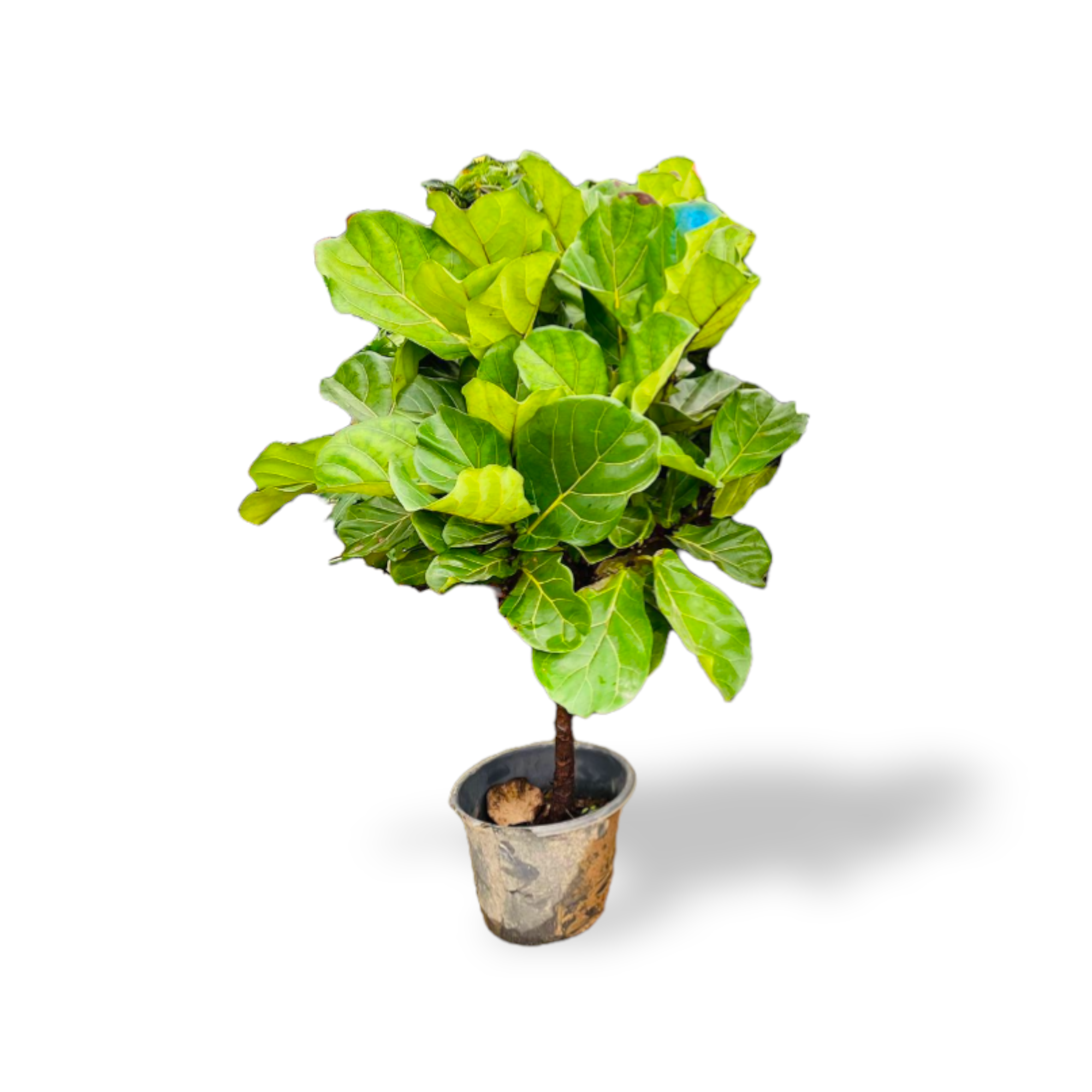The Ficus Lyrata: A Timeless Indoor Plant
The Ficus lyrata, commonly known as the fiddle leaf fig, has become a popular choice for indoor plant enthusiasts. Its large, fiddle-shaped leaves and striking silhouette add a touch of elegance to any living space. While it can be a bit finicky to care for, the rewards of a healthy and thriving Ficus lyrata are well worth the effort.
Characteristics of the Ficus Lyrata
The Ficus lyrata is a tropical evergreen tree that can grow quite large in its natural habitat. Indoors, it typically reaches a height of 6 to 8 feet, but with proper care, it can grow even taller. Its most distinctive feature is its large, glossy leaves, which are shaped like violins. The leaves can vary in color from dark green to lighter shades with variegation.

Benefits of Having a Ficus Lyrata
Air purification: Ficus lyrata is known for its ability to purify the air by removing harmful toxins.
Caring for Your Ficus Lyrata
While the Ficus lyrata can be a bit finicky, with proper care, it can thrive indoors. Here are some tips for caring for your Ficus lyrata:

The Ficus lyrata prefers bright, indirect light. Avoid placing it in direct sunlight, as this can burn the leaves.
The Ficus lyrata prefers its soil to be slightly moist but not soggy.

The Ficus lyrata prefers warm temperatures between 65°F and 85°F (18°C and 30°C).
Use a well-draining potting mix that is rich in organic matter.
Feed your Ficus lyrata with a balanced liquid fertilizer during the growing season (spring and summer).
Prune your Ficus lyrata to shape it and remove any dead or damaged leaves.
Common Problems and Solutions
Yellowing leaves: This can be caused by overwatering, underwatering, or low light.
Propagating the Ficus Lyrata
The Ficus lyrata can be propagated from cuttings. Here’s how to do it:
1. Take a cutting: Cut a 6-8 inch stem from a healthy Ficus lyrata plant. Remove the bottom leaves and make a clean cut just below a node.
2. Root the cutting: Place the cutting in a jar of water or a pot filled with well-draining potting mix.
3. Wait for roots to form: It may take several weeks for roots to form.
4. Plant the cutting: Once the roots are a few inches long, plant the cutting in a pot filled with well-draining potting mix.
Conclusion
The Ficus lyrata is a beautiful and rewarding indoor plant. With proper care, it can thrive for many years. Its large, fiddle-shaped leaves and air-purifying properties make it a popular choice for home and office environments.

:max_bytes(150000):strip_icc()/how-to-grow-coleus-1402921-02-6ca494adf94f4a5887c94256a24ebf33.jpg?w=200&resize=200,112&ssl=1)



:max_bytes(150000):strip_icc()/hoya-plants-1315763-hero-fe8b10a522eb4d7e9ada8abbc303fbc5.jpg?w=200&resize=200,112&ssl=1)